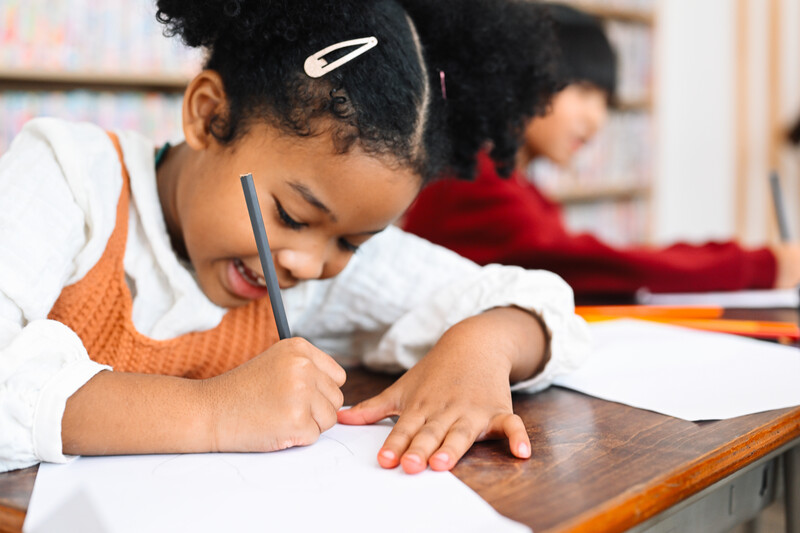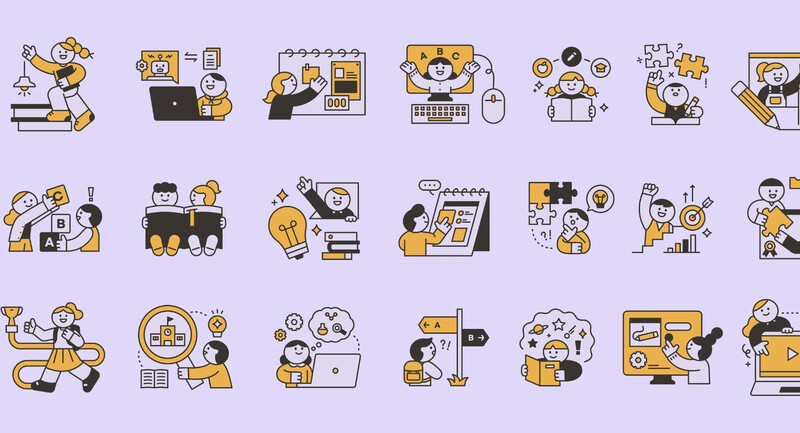Questioning for Formative Feedback: Meaningful Dialogue to Improve Learning by Jackie Acree Walsh (ASCD, 2022)
Reciprocity. It's not the first word you think of when considering teacher questioning. Teachers often view question-posing as a strategy to help guide students through a lesson and determine if they are engaged and understanding—maybe even to help them stay alert! Any feedback involved is generally some form of evaluative teacher response. But what this age-old strategy lacks, according to Jackie Walsh, is reciprocity—exchanges through which everyone in the classroom provides feedback on others' learning and ideas and contributes to the whole class learning together.
When a teacher plans for reciprocity, she uses questions to elicit responses that uncover students' thinking (which is feedback for her). The teacher then uses follow-up questions or observations to draw out the original respondent and other students' thinking. This leads students into brief dialogues that help create new ways of seeing or understanding. Learners get feedback beyond what they could get from one teacher.
Classroom-based examples in the book (including artifacts like dialogue transcripts and videos of questioning-in-action accessible via QR codes) show how this cycle of questioning, revealing student thinking (and encouraging more thinking, using wait time), and dialoging pushes thinking forward—and why Walsh calls it "formative."
Pre-planning is crucial, especially in question-forming. Chapter 5 provides guidance on how to create questions that reveal student thinking and "response strategies"—sample instructions that lead students to give fuller answers. Jackie Walsh's quick reference guide Generating Formative Feedback, also from ASCD, gives nuts-and-bolts on how to form questions that generate rich student responses and strengthen students' questions of each other, so reciprocal sharing of thinking blooms.









